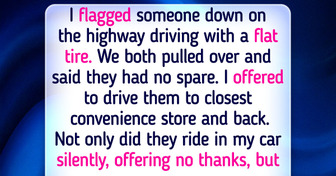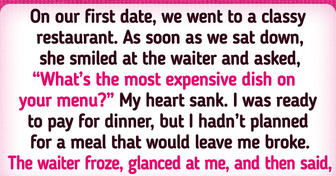15+ Stories That Prove Moms’ Love Tank Never Runs Empty
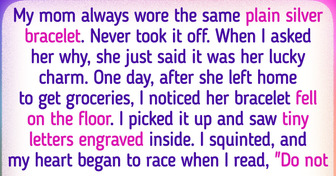
Well, it’s a nice Sunday afternoon, and you’re shopping at your regular grocery store when you stumble upon a bloated package in the fresh produce aisle. You check the product information. It seems well within its expiration date. Then why the unusual shape, you may wonder? The answer is not always straightforward.
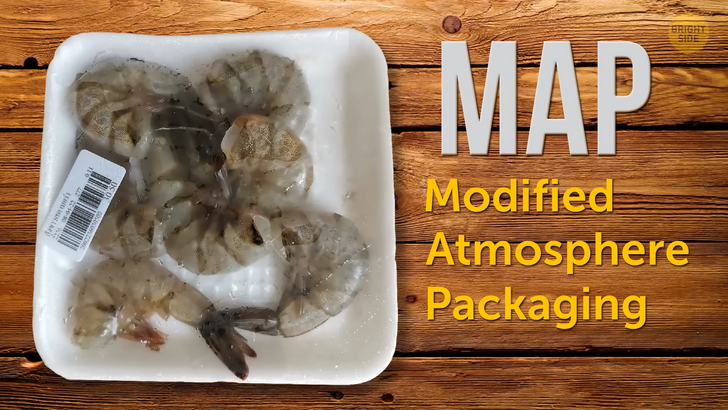
For some types of fresh products, such as meat, fish, or seafood — sometimes even salads and cheese — scientists came up with something called MAP — or Modified Atmosphere Packaging. To ensure that these types of products with a relatively short shelf life stay fresh for as long as possible, a combination of gases is introduced in the packaging. It happens even before the product reaches your local grocery store.
A French professor at the Montpellier School of Pharmacy stumbled upon this method after he noticed that fruits tend to stay fresh for longer periods of time in low-oxygen storage conditions. The types of gases in MAP packages can vary from product to product. But the main idea is to replace or reduce the content of oxygen. It’s generally replaced with either nitrogen or carbon dioxide. Keep in mind that just because a bloated bag of salad is within its expiration date, it doesn’t mean it’s always safe to eat. The gases inside the bag may very well be there for their own purpose. But they can also be a sign that the product is spoiled!
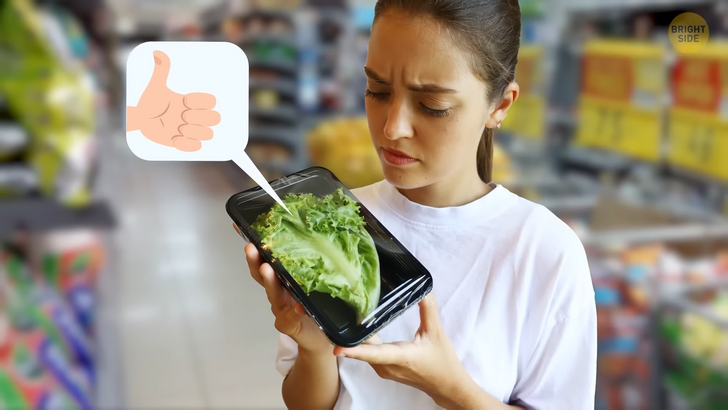
That’s why the best course of action when shopping would be to check if the product is not expired. If it’s still within the date, check for any unusual odors or damage to the packaging. If something seems off, it’s best not to risk it. You can reach out to any of the store staff if you have any questions or concerns. Most supermarkets these days have a layout that allows for a logical shopping order. Like buying non-perishable items first, then adding refrigerated or frozen products. Fruits and vegetables should come last since you won’t want them at the bottom of your shopping cart. Nobody likes a squished tomato.
While I’m on the subject of fruits and veggies, try to get them earlier in the morning if possible. Veggies that have been sitting out all day may lose some of their shape and texture, while others may be a bit wilted away. Quick tip on waste management: never buy more produce than you intend to use in a week. Most fruits and vegetables don’t even last that long, so it’s best not to give in to cravings. Shopping on a full stomach might help with that as well — just as much as going shopping with a pre-made list of things you need to buy. Thoroughly inspecting the package of every product might save you some hustle later as well. Refrigerated products need to feel cold to the touch, whilst frozen ones need to be solid and with no sign of leakage.
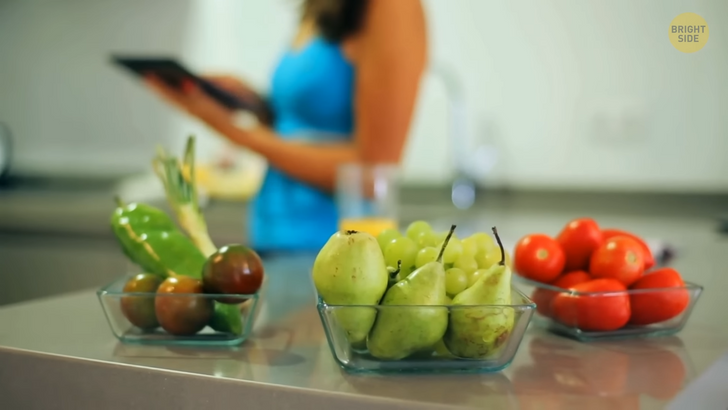
When you get home, make sure you refrigerate all the necessary items as soon as possible. Generally, they shouldn’t be out of the refrigerator for more than 2 hours. Otherwise, their quality won’t stay the same. Buying potted herbs from the grocery store may not be the first thing on your list, but it’s surely something to consider. Not only are they available for a fraction of the cost, but they are also easy to grow and take care of. Just picture a nice herb garden right there on your balcony, or even in the kitchen; wouldn’t that be nice? You’ll always have fresh basil to top a mouthwatering pasta dish.
Since you’re still at the grocery store, pick up some coffee filters while you’re at it. You might not have a machine at home that actually uses filters, but there are a lot more things you can use them for around the house. They can be used for straining liquids, safely stacking delicate china in your cupboards, or even polishing windows — or shoes, for that matter!
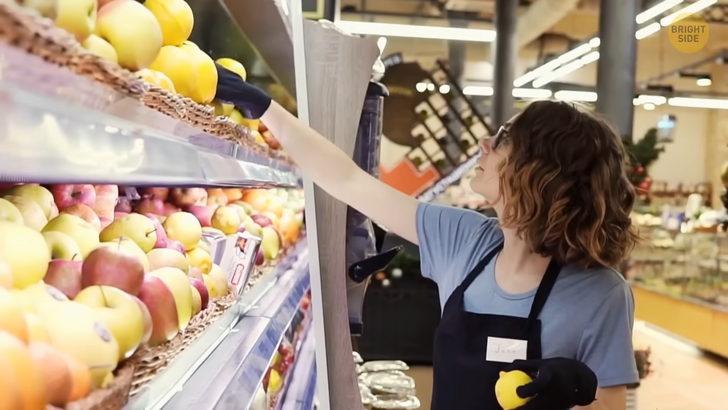
If your favorite fruits and vegetables are on sale, but buying large quantities would mean they’d go to waste, consider freezing them. You can stock up on items for smoothies, especially for the colder season when there are limited options for fresh fruits. And don’t just grab the first thing on the shelf, especially if it’s likely to go bad quickly. Stores restock their produce following a first-in, first-out layout. So the items at the back of the shelf will always be a tad bit fresher.
The same goes for tea if you prefer it to coffee. Switch to buying loose-leaf tea, and you’ll not only reduce the costs, but you’ll also be able to make your own homemade tea blends. Loose-leaf tea also has a stronger flavor than tea sold in tea bags. As for the other household stuff, stock up on items such as light bulbs, paper towels, or batteries. Chances are you’ll always be needing at least one of these items, so it’s best to buy them in larger quantities when on sale. They never go to waste, and, let’s face it, it’s always annoying when you run out of batteries at home and your TV remote stops working. Try to reduce the number of times you go to the grocery store to buy just one item. It’s inefficient, and, most likely, you’ll end up buying things that you don’t actually need. That shopping list starts to make a lot more sense now, doesn’t it?
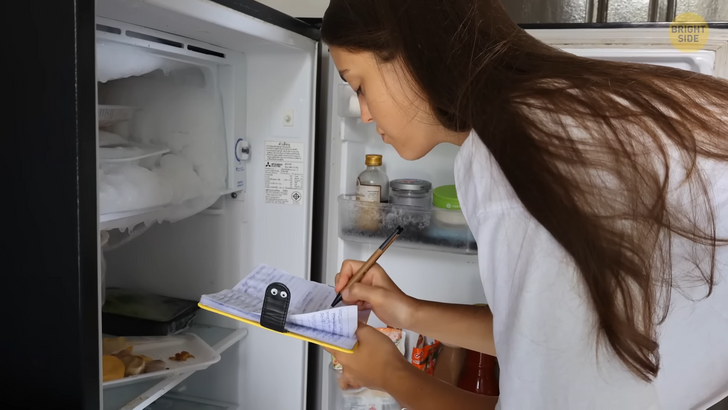
Another list worth making? The one containing whatever you have in the fridge. Try to create such a list at least twice a week. Meal planning for at least a week in advance will also help you reduce impulse buying. If you already know what you’ll want for dinner on Wednesday, why add anything else to the cart if it’s unnecessary? At the same time, start getting creative with your leftovers. There’s no need for them to go to waste when you can mix and match or add some additional herbs or flavors to spice them up. Store leftovers in transparent containers for added visibility and don’t be afraid to set out a “leftover day” during the week. It’s also nice to look at them as ingredients rather than leftovers. Use extra leftover pasta or steamed vegetables for a frittata or an omelet. Blend together cooked vegetables with some tomatoes to create a pasta sauce. Put together some wraps for the next day’s lunch with anything from leftover cooked rice to meat and vegetables.
Or, if you’re really looking for the easiest method to save leftovers, you can always turn them into soup. Last night’s vegetable side dish can turn into a wholesome lunch if you simply add a can of broth and blend it all together.
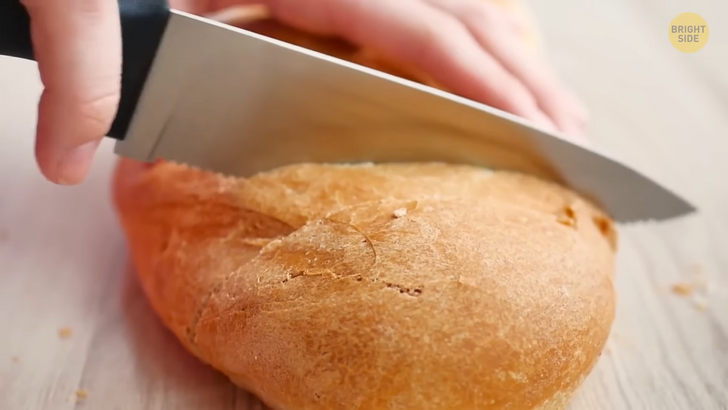
Even a two-day-old loaf of bread can be salvaged if you cut it diagonally, sprinkle the slices with some herbs and olive oil, and pop them in the oven for a couple of minutes. You’ll then have yourself some nice, homemade croutons for that previously mentioned soup. A little label know-how never hurt anyone either. Be on the lookout for ingredients you’ve never heard of or those you can’t pronounce. An item that usually has more than 5 ingredients listed on the packaging should be avoided.
Even the way you carry your groceries in the supermarket can affect how and what you buy. If you prefer baskets to shopping carts, you’re more prone to impulse purchases. That’s what a study published by the Journal of Marketing Research claims. It happens due to the effort you put in actually carrying the items around. Choosing a shopping cart will most likely make you comfortable enough to browse through enough products and read labels thoroughly. When your grocery list is not too big, go for the self-check-out aisle, if available.
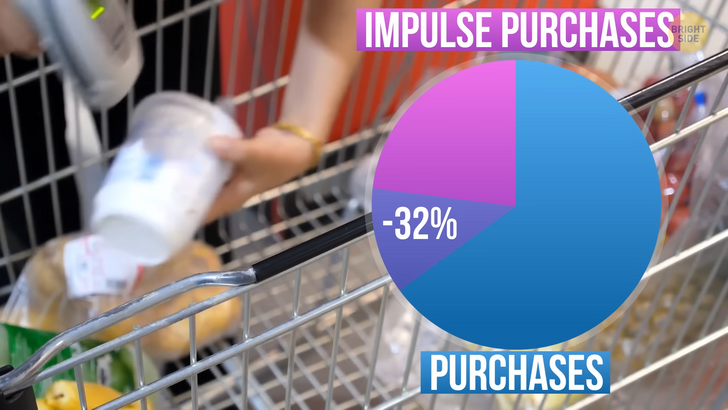
Studies have shown that impulse purchases are lowered by up to 32% if you actually scan your own items on the way out. That’s because the regular checkout line is specially designed to keep you from letting go of any items you might have reconsidered buying. There’s literally nowhere you can put down your undesired products — outside of your grocery cart — and if there’s anyone else waiting in line behind you, good luck sliding out.
The food arrangement on the shelves can also pose a threat to both your budget and your habits. Since people are more inclined to buy the items they see first, the most expensive products are placed at eye level. And the budget options are placed on the top and bottom shelves. Take your time and scan your aisles of interest. You’ll be surprised to see that most items placed on higher or lower shelves are often not only more cost-effective but also less packed with additives or artificial flavoring. Hey, be careful. It’s a jungle in there...



